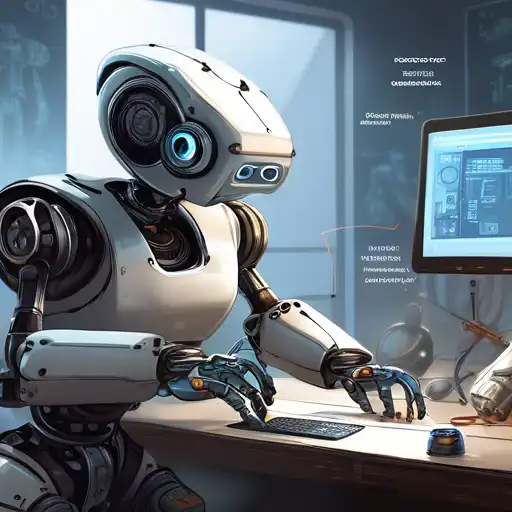Introduction to Robotics Programming
Robotics programming is an exciting field that combines the creativity of design with the precision of coding. Whether you're a hobbyist looking to build your first robot or a professional aiming to automate tasks, understanding the basics of robotics programming is essential. This guide will walk you through the foundational steps to get started in this dynamic field.
Understanding the Basics
Before diving into coding, it's important to grasp the basic concepts of robotics. Robots are machines capable of carrying out complex actions automatically, often mimicking human behavior. Programming these machines involves writing code that dictates their actions, from simple movements to complex decision-making processes.
Choosing the Right Tools
Selecting the appropriate programming language and tools is crucial for beginners. Popular languages in robotics include Python, C++, and Java, each offering unique advantages. Additionally, platforms like Arduino and Raspberry Pi provide accessible entry points for experimenting with robotics projects.
Starting Your First Project
Begin with a simple project, such as programming a robot to move in a straight line or avoid obstacles. This hands-on approach will help you understand the interplay between hardware and software. Remember, the goal is to learn through doing, so don't be afraid to make mistakes.
Exploring Advanced Concepts
Once comfortable with the basics, explore more advanced topics like sensor integration, machine learning, and computer vision. These areas open up a world of possibilities, enabling your robots to interact with their environment in sophisticated ways.
Joining the Robotics Community
Robotics is a collaborative field. Joining forums, attending workshops, and participating in competitions can provide valuable feedback and inspiration. Sharing your projects and challenges with others is a great way to learn and grow as a robotics programmer.
Conclusion
Robotics programming is a rewarding journey that blends technical skills with creative problem-solving. By starting with the basics, choosing the right tools, and engaging with the community, you'll be well on your way to developing innovative robotic solutions. Remember, every expert was once a beginner, so take your first step today.
For more insights into robotics and programming, check out our technology section for related articles and resources.
